If your electric stove is acting up or you just want it to last longer, a few regular habits can make a huge difference. You don’t need a specialist toolbox – just a cloth, a screwdriver, and a bit of time. Below you’ll find the easiest cleaning tricks, quick safety checks, and the most common fixes that most homeowners can do themselves.
First things first: wipe down the glass or enamel after every use. A damp microfiber cloth removes spills before they harden, saving you the scrape later. If food has baked onto the surface, let the stove cool, then spray a mix of water and a splash of vinegar. Let it sit for a minute and wipe with a non‑abrasive pad – no steel wool, otherwise you’ll scratch the glass.
For the burners, pull them out (most models have a simple latch). Soak them in warm, soapy water for 10‑15 minutes to loosen grease. Use an old toothbrush to scrub the contacts and the heating element’s edges. Rinse, dry completely, and snap them back in place. This routine prevents uneven heating and those annoying hot‑spot flashes.
When a burner won’t heat, the first check is the power supply. Ensure the stove is fully plugged in and the circuit breaker isn’t tripped. Next, look at the burner’s connection pins – sometimes a bit of food residue can block the flow of electricity. A quick clean with a dry cloth often restores heat.
If the control knobs feel loose or the temperature settings jump around, the knob itself may be worn. Unscrew the knob, inspect the underlying switch for signs of wear or carbon buildup, and clean with a soft brush. Re‑attach the knob and test the setting. In many cases the issue resolves without calling a pro.
Another frequent hiccup is an unevenly heated element. After cleaning, run the burner on medium heat for a few minutes. If one side stays cooler, the element could be cracked. A cracked element is a safety hazard and should be replaced. You can order the exact part from the stove’s model number and swap it out in under an hour with basic tools.
Don’t forget the stove’s ventilation. A blocked vent can cause the thermostat to overheat and shut off the burner. Check the back of the unit for dust or lint, and vacuum gently. Keeping the vent clear not only protects the heating elements but also improves energy efficiency.
Regular maintenance doesn’t have to be a chore. Set a reminder to give your stove a quick once‑a‑month check: surface wipe, burner removal, and visual inspection of cords and vents. These few minutes add up to years of reliable cooking and lower repair bills.
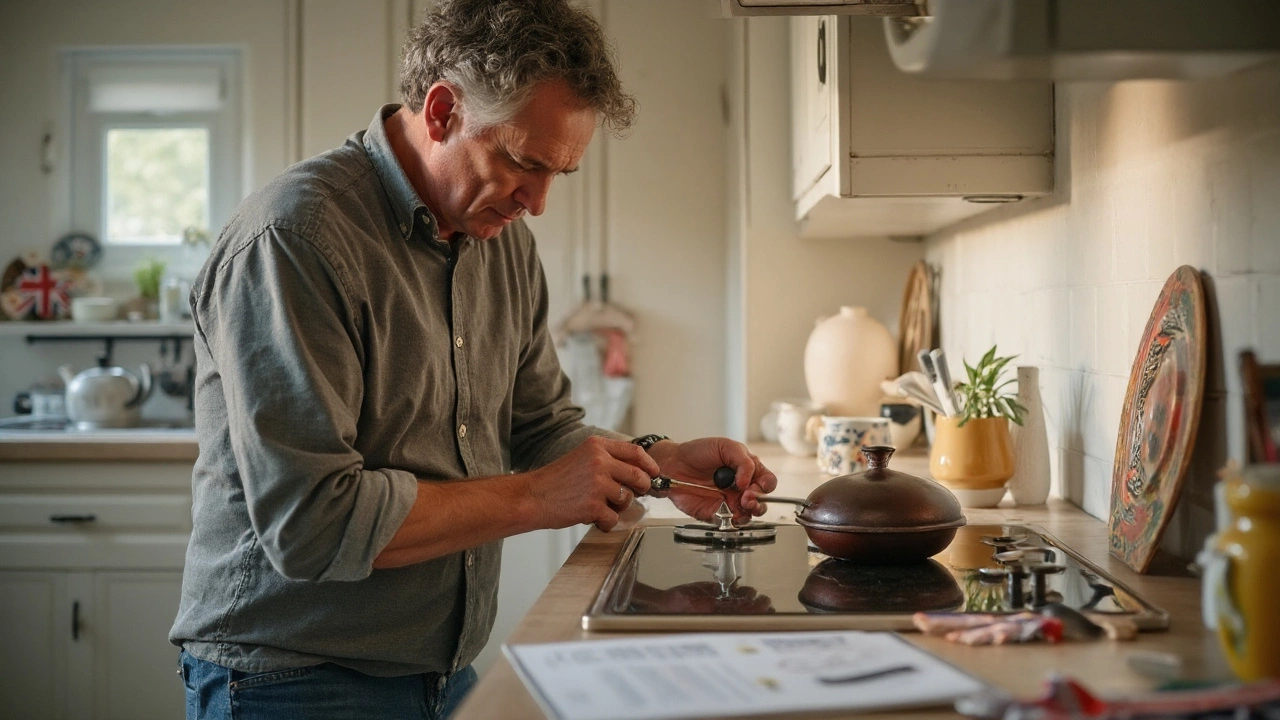
Can you replace an electric hob element? Absolutely! This hands-on guide dives into safe, practical steps for swapping out faulty burners and keeping your electric hob in top shape.
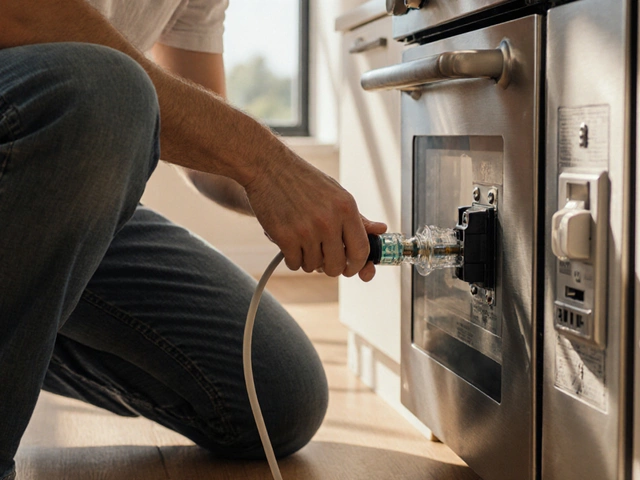
Learn why your electric oven suddenly stopped working, diagnose power, element, thermostat or safety fuse issues, and decide when to DIY or call a repair professional.
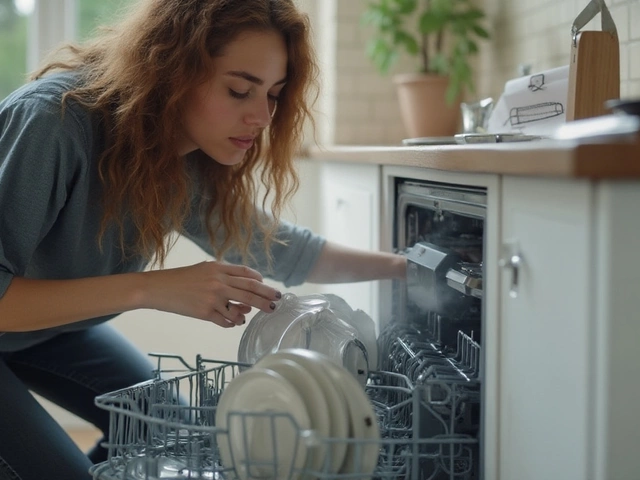
Determining whether your dishwasher requires repair or replacement can save you both time and money. This article guides you through recognizing common issues, assessing the efficiency of your current dishwasher, and deciding on repair versus replacement. Gain insights into the lifespan of dishwashers and learn handy tips for maintaining them. Make well-informed decisions about your kitchen appliances for a hassle-free experience.

Looking for the right person to service your boiler? Here’s what you need to know about boiler service, finding qualified engineers, costs, and why it matters in 2025.
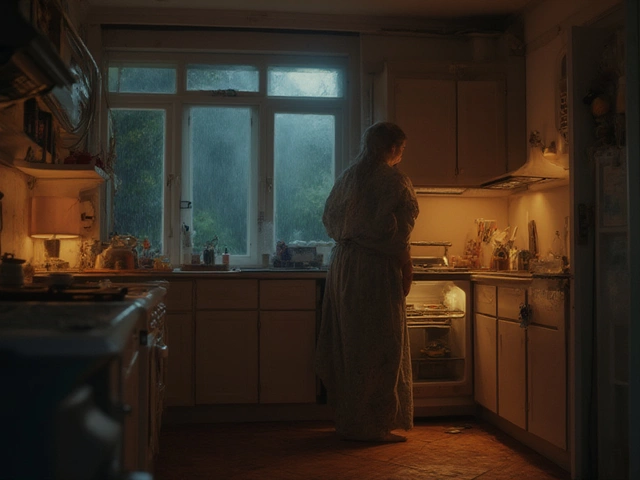
Leaving an electric oven on overnight sounds harmless, but it could spell real trouble. Learn the risks, facts, and safer options for your late-night cooking needs.
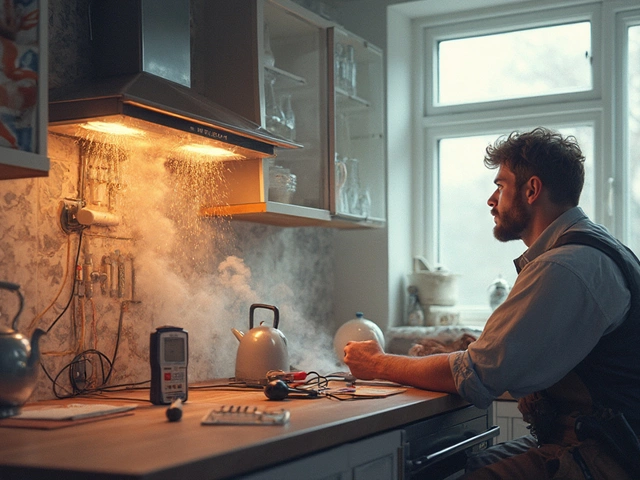
Extractor fans are essential for maintaining good air quality in homes, but what happens when they break down? This article explores whether electricians are the right professionals to fix extractor fans, the typical issues these fans encounter, and some maintenance tips to avoid frequent repairs. Learn about the repair process and when it might be time to replace your fan altogether.